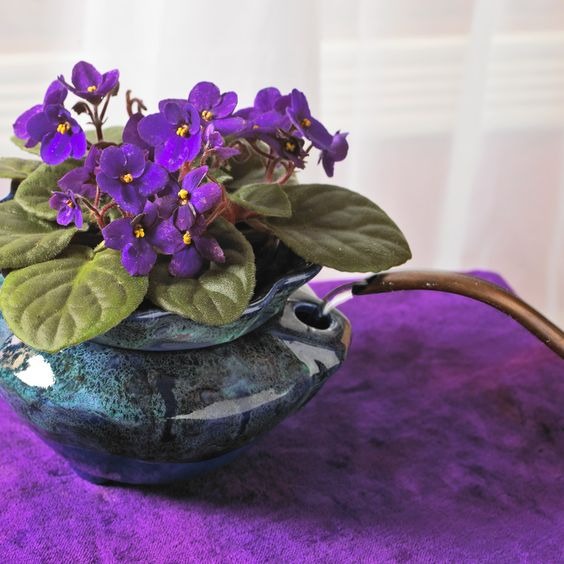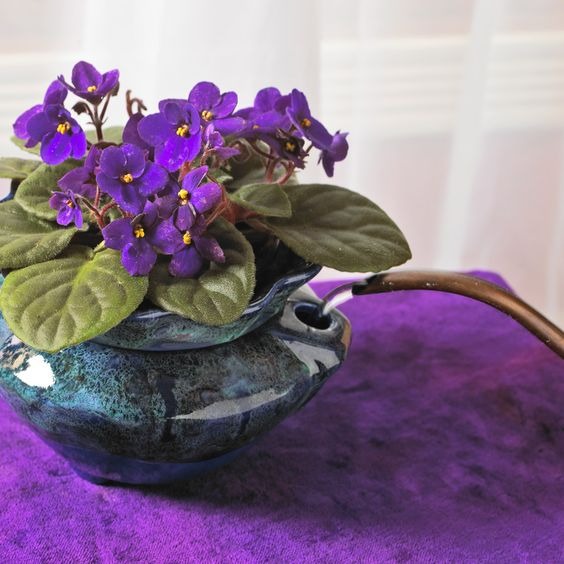

Do you love the vibrant colors and delicate petals of African violets? Do you wish you could enjoy their beauty all year long? If you are a fan of these stunning flowers, then you might be wondering how to keep these popular plants blooming continuously. African violets are not difficult to grow, but they do have some specific needs that must be met in order to produce flowers.
In this article, we will share with you some tips and tricks on how to keep your African violets blooming all year long, and you will learn about the importance of light, water, fertilizer, soil, temperature, and humidity for these plants.
1. Adequate Light
African violets thrive in bright, indirect light. Keep in mind to place them near a north or east-facing window to ensure they receive the right amount of light without scorching their leaves. Occasionally, you can rotate the plant for even growth.
2. Consistent Temperature
Maintain a consistent room temperature between 65-75°F (18-24°C). Your African violets shouldn’t be exposed to drafts, sudden temperature fluctuations, or cold windowsills, as this can stress the plant.

3. Proper Watering
Keep the soil consistently moist but not waterlogged. Water from the bottom by placing the pot in a saucer of water, allowing the roots to absorb moisture. Additionally, avoid splashing water on the leaves, as this can lead to unsightly spots.

4. Humidity
African violets prefer higher humidity levels. You can place a tray of water near the plants, use a humidity tray, or use a room humidifier to increase humidity around them.

5. Well-Draining Soil
Use a well-draining, lightweight potting mix designed specifically for African violets. Good drainage is highly important because it prevents root rot.

6. Fertilize Regularly
African violets are light feeders. To facilitate its blooming, use a balanced, water-soluble fertilizer diluted to half-strength every 4-6 weeks during the growing season (spring to early autumn). Reduce or eliminate fertilizer during the winter months.

7. Pruning And Deadheading
Remove spent flowers and any damaged or yellowing leaves promptly. This encourages the plant to put energy into producing new blooms rather than maintaining old ones.

8. Avoid Wet Leaves
Wet leaves can lead to fungal issues. If water droplets do land on the leaves, you can gently blot them dry with a paper towel.

9. Adequate Space
Give your African violets adequate space to grow without crowding. This prevents moisture buildup and allows air circulation.

10. Pest Control
Regularly inspect your plants for signs of pests like aphids or mealybugs. Treat infestations promptly with neem oil or insecticidal soap.

African violets are wonderful houseplants that can brighten up any space with their colorful and long-lasting flowers. By following the tips we have shared in this article, you can keep your African violets blooming all year long and enjoy their beauty and charm. Remember to provide them with the right amount of light, water, fertilizer, soil, temperature, and humidity. Also, watch out for any signs of pests, diseases, or other problems that might affect their health and flowering.
To master flower gardening tips, don’t forget to subscribe to our website and wait for our latest articles.


